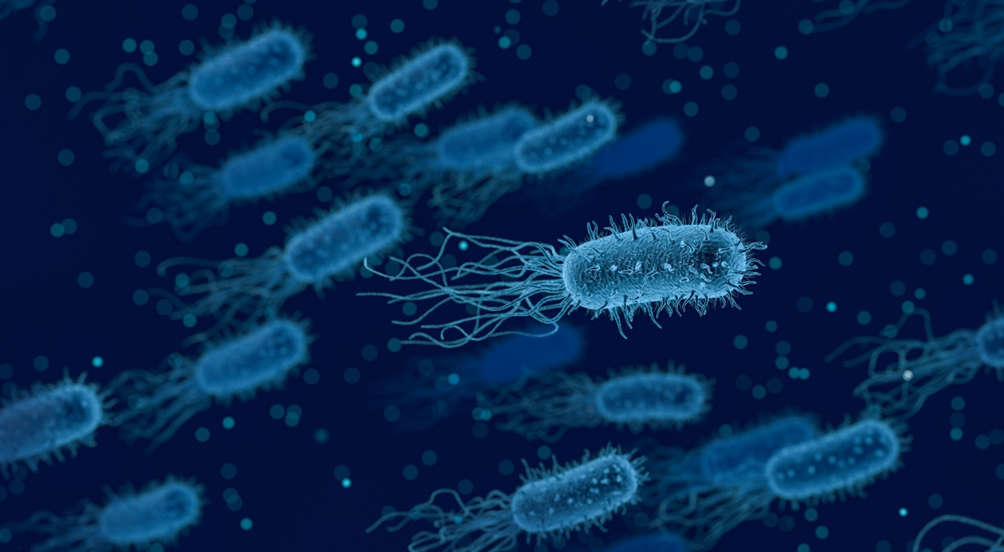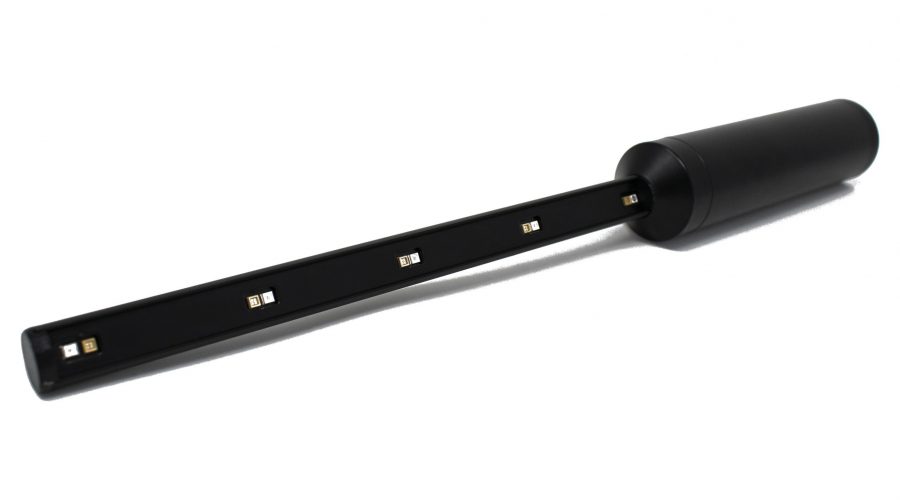Bacteria are organisms consisting of a single cell (unicellular) prokaryotes (i.e. without a cell nucleus), but assimilable to complete living organisms, since they are equipped with all the structures and enzymes necessary to carry out the fundamental metabolic functions, thus being able to live in a independent and reproduce autonomously, by cell division. Transmission can be carried by individuals, animals, water, food, or contaminated objects.
According to a SIMIT study, 54% of hospitalizations in all infectious disease operating units in Italy are due to bacterial infections.
Bacterial infections can be treated with antibiotics, but alarming data comes from ECDC research, according to which Italy appears to be the European country that uses more antibiotics in animal husbandry and, together with Belgium and France, is the European country where more antibiotics are consumed both at the hospital and community level. All this causes a high addiction to antibiotics, subsequently favoring the emergence of bacterial resistance in humans as well.
UV-Cs were first marketed in the United States in the 1920s to control tuberculosis outbreaks, after which the technology fell out of favor when antibiotics were developed.
Now more than ever the interest in the use of UV-C, especially UV-C LEDs, has increased all over the world, as it represents a safe, non-polluting methodology with a broad spectrum of microbiological efficacy that allows to prevent bacterial infections.





